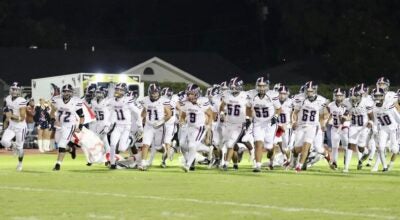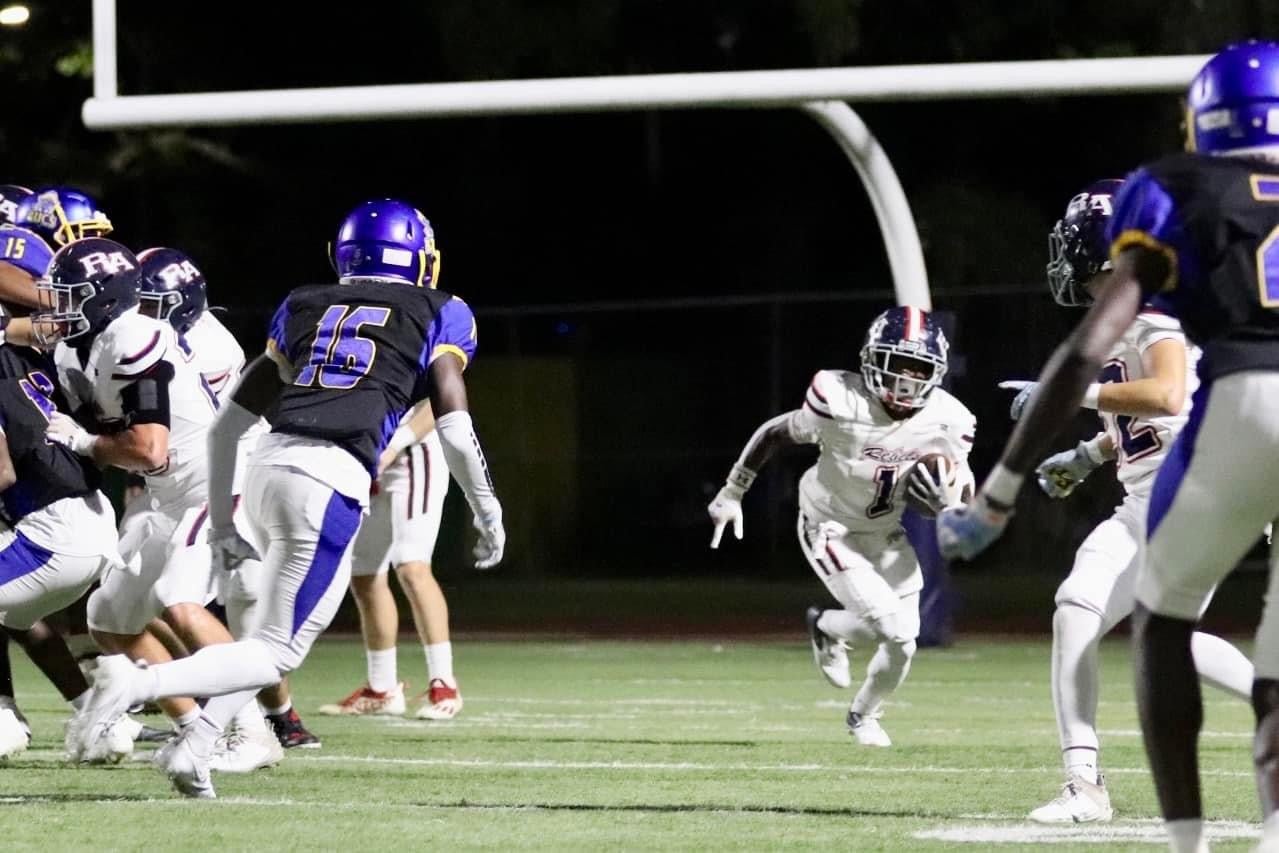Savoie wants course right for members
Published 12:00 am Monday, July 6, 1998
Michael Kiral / L’Observateur / July 6, 1998
LAPLACE – A golf course, from the tee box on the first hole to the flag on the 18th, is influenced by two factors – the climate and the course superintendent.
These two factors can determine whether hitting a golf shot onto the green is like hitting into a bag of laundry or onto an ice rink. Or whetherhitting a ball into the rough is like hitting into a matt of twisted grass 4 inches high (i.e. the recent U.S. Open at The Olympic Club in San Francisco).In fact, the impact of these factors could possibly be best found at one place – on the scorecard.
And you thought the course superintendent just cut the grass.
Don Savoie learned about that fallacy at an early age. Savoie, a LaPlacenative, recently returned home as the course superintendent at Belle Terre Golf and Country Club after spending 10 years as the superintendent at Chateau Country Club in Kenner.
Savoie’s dad was the head golf professional at Riverlands Golf and Country Club when Don was in high school, so he grew up around the game. ButSavoie really did not get into the game until he was out of college, having played baseball and football for East St. John High School in the late1970s and in college.
Savoie’s first experience came as the assistant course superintendent at Belle Terre, a position he held for six years before becoming the superintendent at Chateau in 1987. He said that experience helped himtremendously, especially in the last couple of months when the course was being rebuilt.
But it was also a demanding job, building a course as well as maintaining one. With the position opening up at Belle Terre, it gave Savoie, who neverreally left the area, a chance to spend more time with his children and family.
One thing that changed was he suddenly was working under a budget. But itwas not something that he had not dealt with before, having been through the hard times at Chateau.
“It helped my career,” Savoie said. “Coming up in the business, I was ableto deal with situations others may not be able to deal with.”First and foremost on Savoie’s agenda is maintaining the course to the members’ liking.
“I care about their wants,” Savoie said. “Striving for perfection is whatmy goal is here.”As a supervisor, Savoie wears many hats and is not hesitant about jumping onto a tractor or mower to help out. Besides maintaining the course,Savoie also has to stay within budget and has some public relations involved in the job, meeting with members and other golf professionals and superintendents.
For those interested in getting into the field, Savoie recommends getting a college degree, preferably one in turf-grass management. He saidMississippi State University usually offers a good program in the field as does Texas A & M, with LSU’s program on the rise.
That expansion in degrees being offered is an example of the expansion of the field itself. Like the game itself, golf course management is becomingmore technical with the use of chemicals changing and becoming more regulated.
“It is a lot more technical than people give it credit for,” Savoie said.
“You have to maintain the course at different heights of cut, and we have three different types of grass out here.”With the flood of superintendents currently holding degrees, it is becoming harder and harder to get into the field without one. But Savoiealso warns that more than a degree is needed with being able to work with people an important commodity.
“You have to get your foot in the door first and work hard at it,” Savoie said.
Savoie also said there is a lot of pressure associated with the job, with the most important factor being the one that cannot be controlled.
“Everything depends on the climate,” Savoie said. “The weather dictateseverything.”One thing it often dictates is how short the grass can be cut, something that Savoie says often has to be explained to people. How short it can becut is also determined by the personal preference of the superintendent.
Savoie himself likes to keep the greens cut down and fast.
“It is a give and take situation,” Savoie said. “You want to get it down towhat pleases people but not enough where the grass is suffering.”Savoie rides the course daily, from the first tee to the 18th green, looking for problem areas. He said setting priorities is what gets you by in thebusiness.
“Priority is the number one thing about maintaining a golf course properly,” Savoie said. “You have to go from your worst problems to yourbest. I know from being a golfer and superintendent what needs to be done,and I do it so that it does not inconvenience the golfers so much.” Savoie, as a golfer, sees that as a benefit, allowing him to see the course as a golfer would. With the boom both in the golf industry and in the localcommunity, Savoie sees good things happening in the future.
“Being a golfer myself, I know both sides of the business and I can see the golf course from a different perspective. This is something I would love todo the rest of my life. I just want to see this place go. Being a memberhere and being my golf course, I take a certain pride in making it better no matter what it takes.”
Return To News Stories





